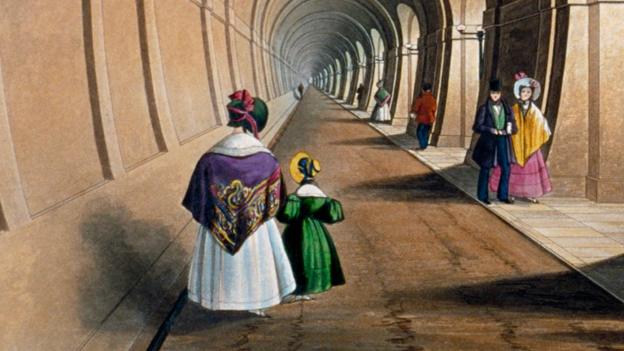Great Musgrave bridge: Concrete infill may have to come out
- Published
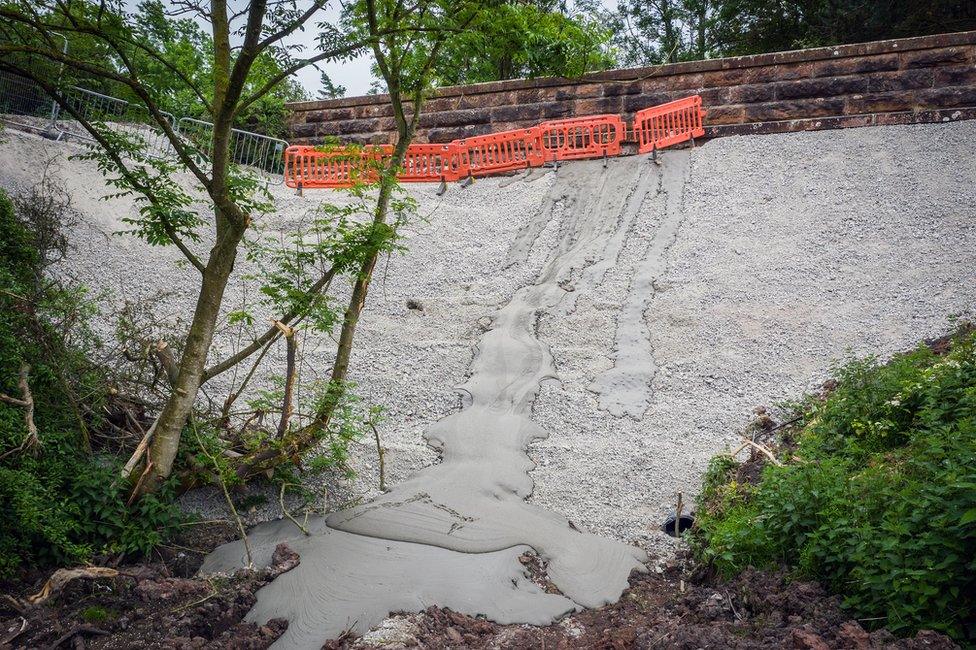
The concrete now needs permission if it is to stay
Hundreds of tonnes of concrete might have to be removed from underneath a Victorian arched bridge by the government's roads body.
Highways England (HE) said it infilled the structure at Great Musgrave in Cumbria for "safety reasons".
But Eden District Council said the concrete needs retrospective planning permission if it is to remain.
Critics of the work said it was a "relief" the statutory consultation process would now take place.
Graeme Bickerdike from The HRE Group, which campaigns for the retention of the historical railway estate, said it would "come as a relief to disenfranchised stakeholders that they will belatedly get the opportunity to express their views on this unwarranted infilling scheme".
"We hope that democratic process will result in the right outcome - albeit after the event - and that Great Musgrave bridge will be exhumed."
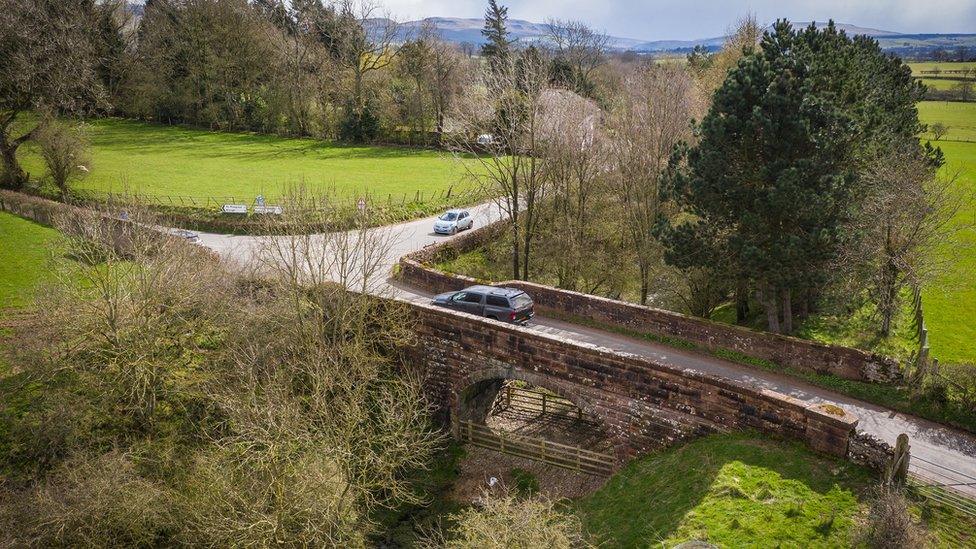
HE said heavier vehicles were now crossing the bridge than it could bear
Planning rules include exemptions allowing certain "emergency" maintenance work to be carried out without prior approval.
But, "where such works are intended to be retained, retrospective planning permission must be sought", the local authority said.
"Planning processes will be followed and due consideration given to any future application in respect of the infilling of Great Musgrave bridge," a spokesperson said.
HE said the bridge had been deteriorating and, without a weight restriction, could be used by vehicles of any weight with the risk of the bridge deck suddenly falling.
'Cultural vandalism'
Its Historical Railways Estate director, Richard Marshall, said the work had preserved the structure.
"The bridge remains intact and supported," he said.
"If the land and Eden River crossing issues get resolved, then we would be delighted to work with any rail groups and the local authority to remove the infill at no cost to them."
In a House of Lords debate after pictures of the infilled bridge first circulated, Labour life peer Richard Faulkner accused Highways England of "cultural vandalism", external.
He called for confirmation the body's original list of 134 structures needing similar work had been reduced to 69.
Mr Bickerdike said there was "no meaningful engineering, public safety or cost grounds" for the work.

Follow BBC North East & Cumbria on Twitter, external, Facebook, external and Instagram, external. Send your story ideas to northeastandcumbria@bbc.co.uk, external.
- Published17 March 2021
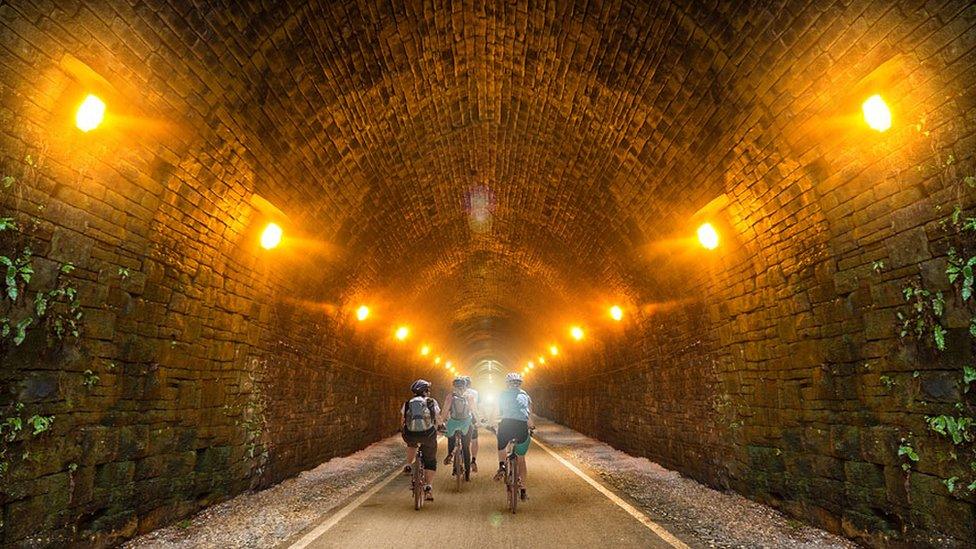
- Published12 March 2020
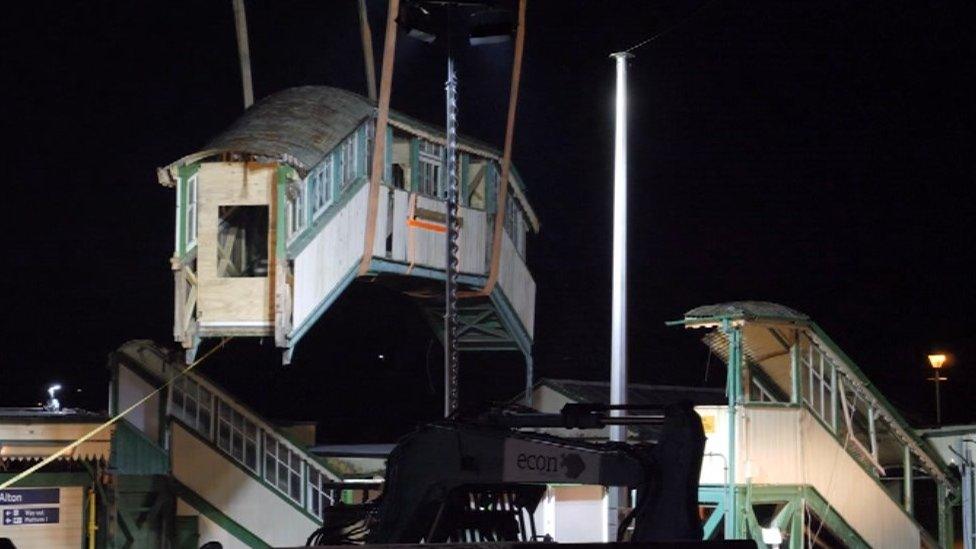
- Published8 September 2018
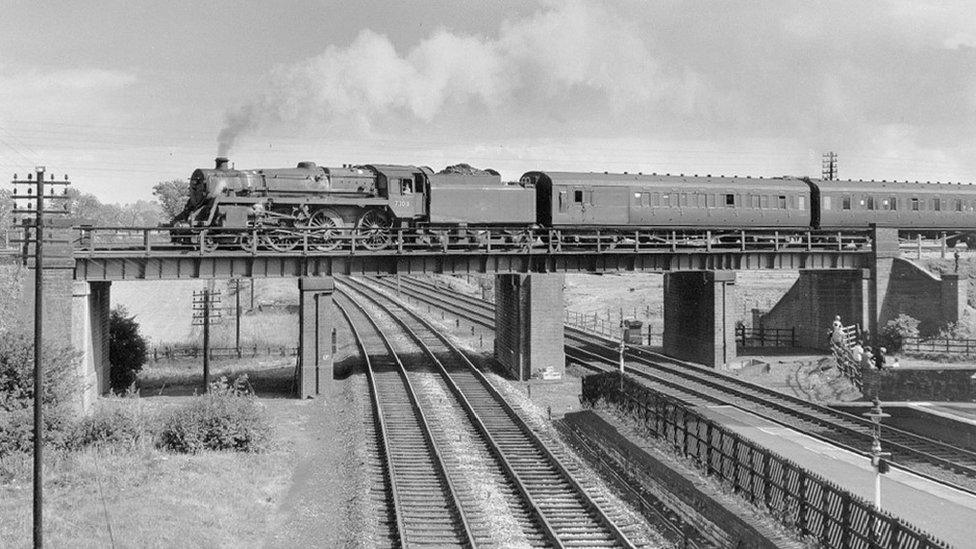
- Published9 September 2014
